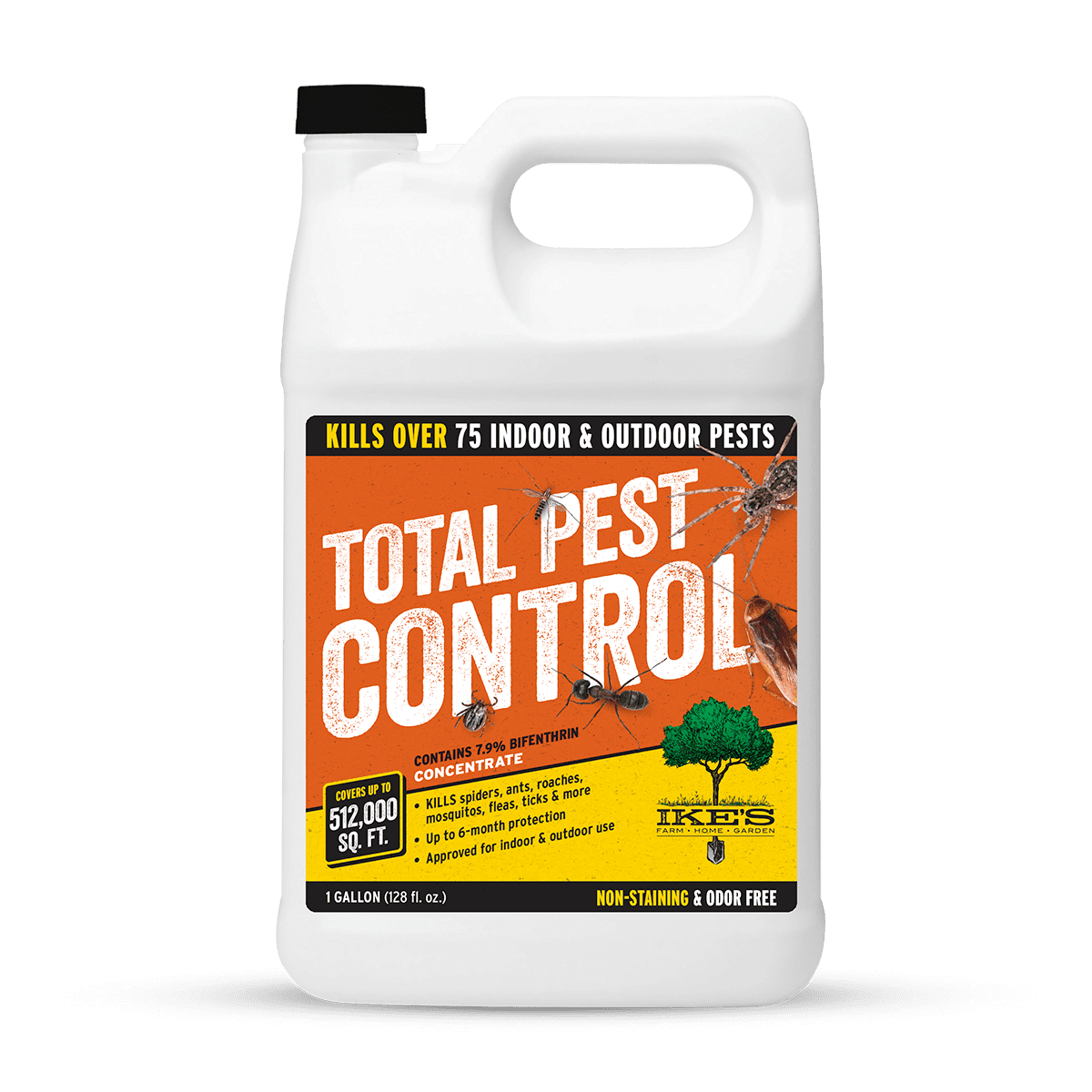Trusted A1 Bed Bug Exterminator Charlotte - Remove Bed Bugs Quick
Trusted A1 Bed Bug Exterminator Charlotte - Remove Bed Bugs Quick
Blog Article
Bed Insect Therapy Breakdown: Comparing Chemical Vs. Non-Chemical Solutions
In the realm of insect control, particularly when dealing with the relentless concern of bed bugs, the choice in between chemical and non-chemical treatment solutions can be a crucial one. Both methods provide distinct benefits and drawbacks, affecting factors such as efficiency, safety factors to consider, and general cost. By taking a look at the nuanced information of each technique, a more clear understanding of which path to seek in resolving a bed bug infestation can be acquired.
Efficiency of Chemical Treatments
Chemical therapies for bed bug invasions have been extensively identified for their rapid and powerful efficiency in getting rid of these pests. When considering the efficiency of chemical therapies, it is critical to understand that they can supply a complete and quick solution to a bed bug trouble.
Additionally, chemical treatments have the advantage of supplying residual effects, suggesting that they can remain to eliminate bed bugs also after the preliminary application. This recurring action is particularly helpful in combating any prospective re-infestations. Furthermore, the fast action of chemical treatments can bring relief to individuals encountering severe bed pest invasions, permitting them to reclaim control of their home rapidly.
Security Interest In Chemical Solutions
When making use of chemical remedies for bed insect treatment is making certain the safety of residents and the environment,One critical element that calls for careful consideration. While chemical therapies can be efficient in eliminating bed insects, they might pose dangers if not managed appropriately. One of the main safety worry about chemical options is the prospective harm they can trigger to human health and wellness. Direct exposure to certain chemicals used in bed insect treatments can cause respiratory system concerns, skin inflammation, or other negative responses, specifically in people with pre-existing problems or level of sensitivities. Additionally, incorrect application or dosage of chemical pesticides can cause hazardous deposits remaining in the cured area, presenting lasting health dangers to owners.
Additionally, the ecological influence of chemical remedies is an additional significant consideration. Some pesticides used in bed bug therapies may be harmful to advantageous insects, wildlife, and ecosystems if they leach into the dirt or water supply. It is vital to use chemical treatments judiciously, complying with security guidelines, and taking into consideration much less poisonous options to mitigate these risks and make certain the efficient and secure management of bed insect infestations.
Benefits of Non-Chemical Techniques
Thinking about the possible safety worries and ecological impact connected with chemical options for bed bug treatment, checking out non-chemical methods offers a promising alternative with numerous unique benefits. Non-chemical treatments are eco pleasant, as they do not contribute to air or water pollution, making them a sustainable option for pest control.
In addition, non-chemical remedies can be effective in targeting bed pests, consisting of hard-to-reach locations where chemical treatments might not penetrate. Methods such as warm therapy, vacuuming, steam cleaning, and bed mattress helpful site encasements provide extensive removal without using hazardous chemicals. Additionally, non-chemical techniques can be less turbulent, requiring minimal preparation and enabling quicker reentry right into treated locations. In general, choosing non-chemical bed bug treatment methods not just prioritizes security and environmental management but also ensures reliable and thorough insect control.
Limitations of Non-Chemical Treatments

Additionally, non-chemical therapies commonly require numerous applications to accomplish effective obliteration. This can be time-consuming and may not constantly assure complete elimination of all bed insects and their eggs, particularly in hidden or hard-to-reach places.
Furthermore, the success of non-chemical therapies greatly counts on proper execution and thoroughness, which can be challenging for people without expert experience. Poor application of non-chemical methods may lead to incomplete elimination, leading to persistent invasions and the demand for additional therapies.
For that reason, while non-chemical treatments have their advantages, it is vital to recognize these constraints and consider them when determining one of the most effective technique for managing bed insect infestations.
Expense Contrast: Chemical Vs. Non-Chemical Options
Given the limitations related to non-chemical therapies, an important aspect to examine in the context of bed insect monitoring is the price contrast view it now in between chemical and non-chemical choices. Chemical therapies generally entail the application of insecticides by experts, which can range from $250 to $900 per area, relying on the severity of the infestation and the size of the area to be treated. On the other hand, non-chemical therapies like heat therapy or heavy steam can be a lot more pricey, with expenses ranging from $1,000 to $6,000 for an entire home. While the initial expense of chemical therapies may seem lower, numerous therapies might be required to completely eradicate the infestation, possibly enhancing the general expense. On the various other hand, non-chemical alternatives might give a much more sustainable and green service, although they can be cost-prohibitive for some people. check over here Eventually, when considering the expense of bed insect therapy options, it is very important to consider the ahead of time expenditures against the effectiveness and lasting sustainability of the chosen approach.
Conclusion

Thinking about the possible safety and security issues and ecological influence associated with chemical remedies for bed insect therapy, exploring non-chemical approaches provides an appealing choice with a number of unique benefits.Given the limitations connected with non-chemical treatments, an important aspect to review in the context of bed insect administration is the expense comparison in between chemical and non-chemical choices. In contrast, non-chemical treatments like warm therapy or steam can be a lot more costly, with expenses ranging from $1,000 to $6,000 for an entire home. While the first expense of chemical therapies might appear reduced, numerous therapies may be needed to fully remove the invasion, potentially enhancing the overall expense.In final thought, when comparing chemical and non-chemical bed insect treatment options, it is vital to take into consideration efficiency, security, benefits, limitations, and expense.
Report this page